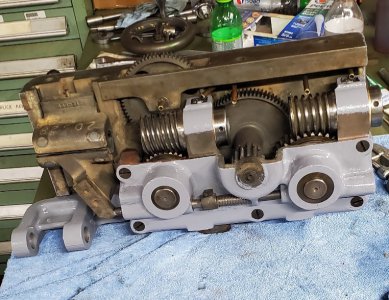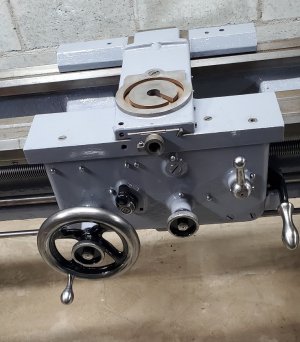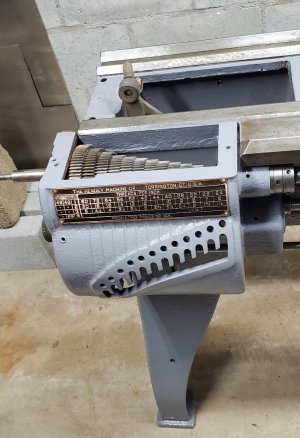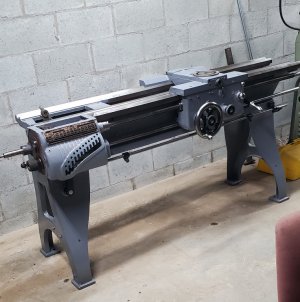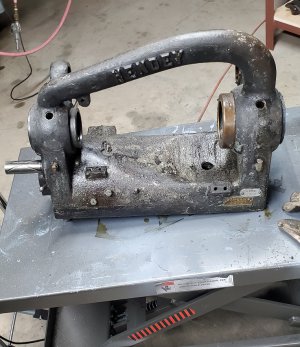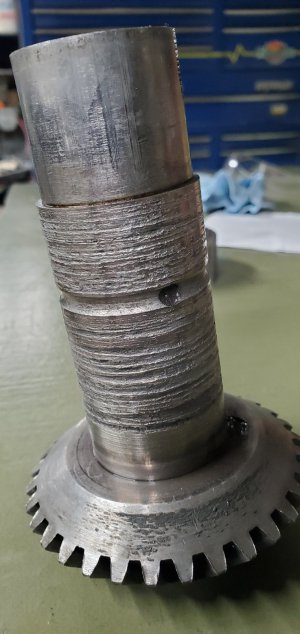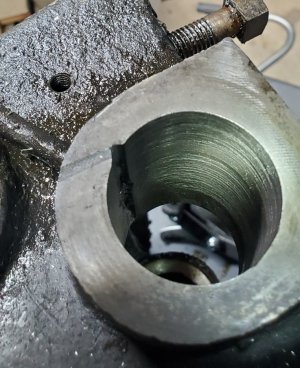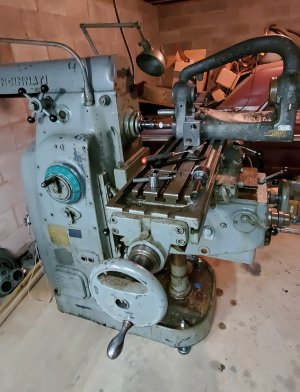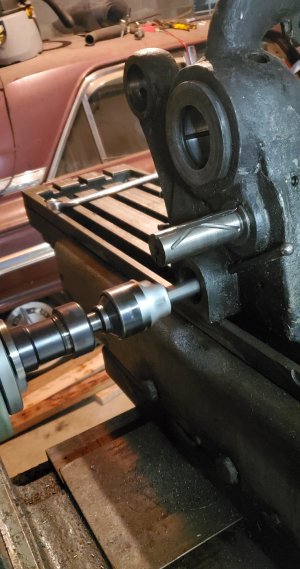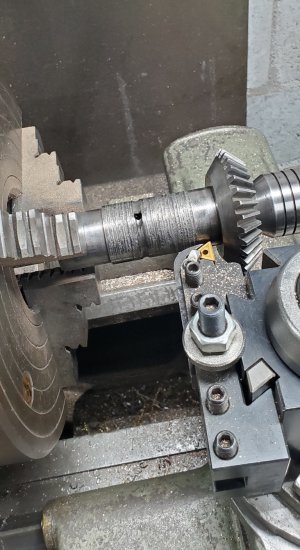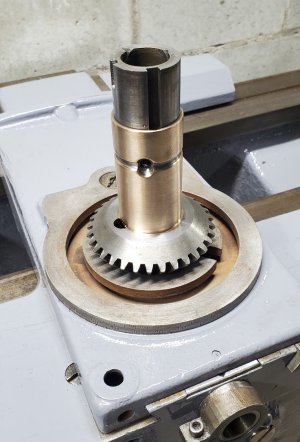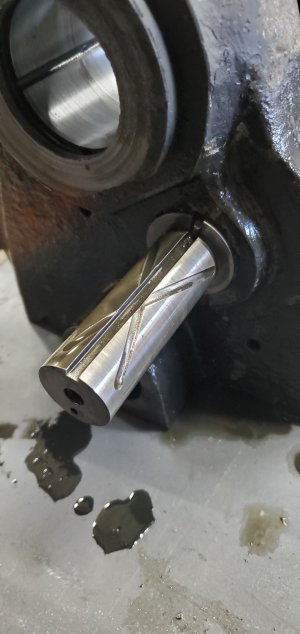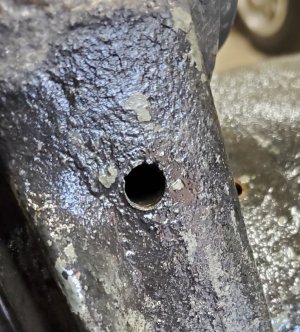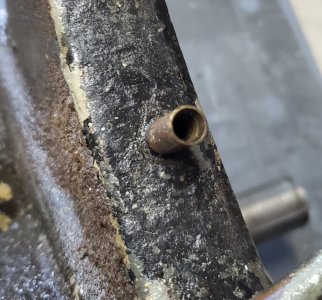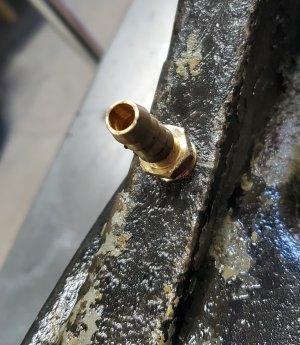- Joined
- Nov 28, 2016
- Messages
- 2,344
I didn't finish the apron this morning... I've decided to replace some of the brass oiling tubes while I have it apart, so I'm waiting on a package from McMaster with some brass tubing and a few other odds and ends in it.
I did finish painting some of the handles and knobs, though...
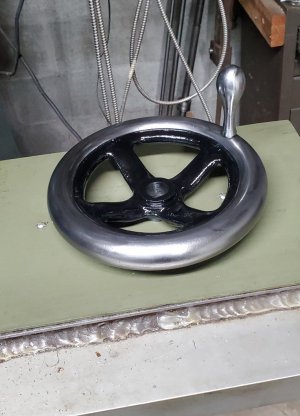
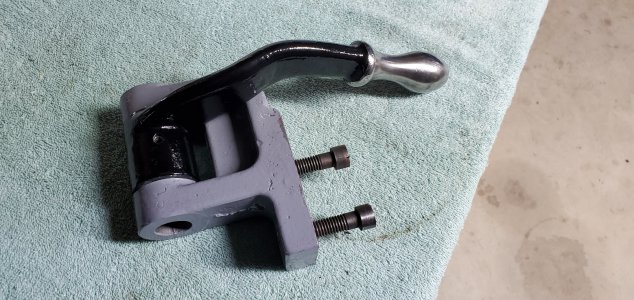
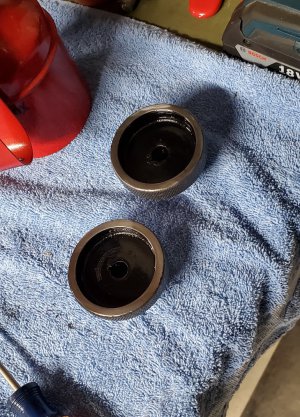
And I finished the brass threading plate...
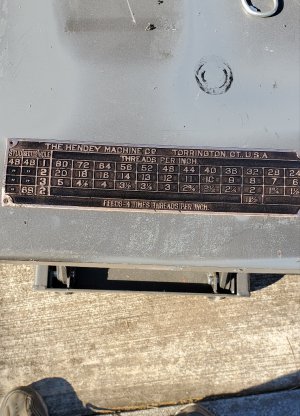
I had beadblasted the plate to remove all the old paint, then sprayed it with 2 thin coats of flat black paint. After letting it dry for a few days, I took a stone and polished the paint off the letters/numbers and grid lines. I then sprayed the plate with clear gloss. I really didn't expect it to turn out like I wanted, but I figured if it didn't, I would bead blast it again and try something different. It turned out ok, though, so I think I'll call it good...
-Bear
I did finish painting some of the handles and knobs, though...



And I finished the brass threading plate...

I had beadblasted the plate to remove all the old paint, then sprayed it with 2 thin coats of flat black paint. After letting it dry for a few days, I took a stone and polished the paint off the letters/numbers and grid lines. I then sprayed the plate with clear gloss. I really didn't expect it to turn out like I wanted, but I figured if it didn't, I would bead blast it again and try something different. It turned out ok, though, so I think I'll call it good...
-Bear


